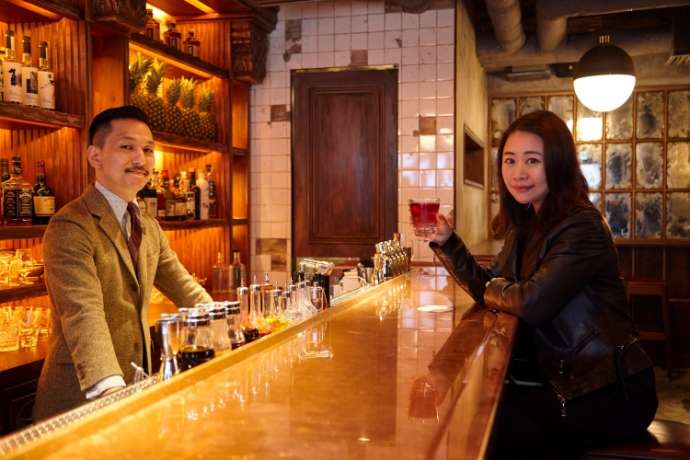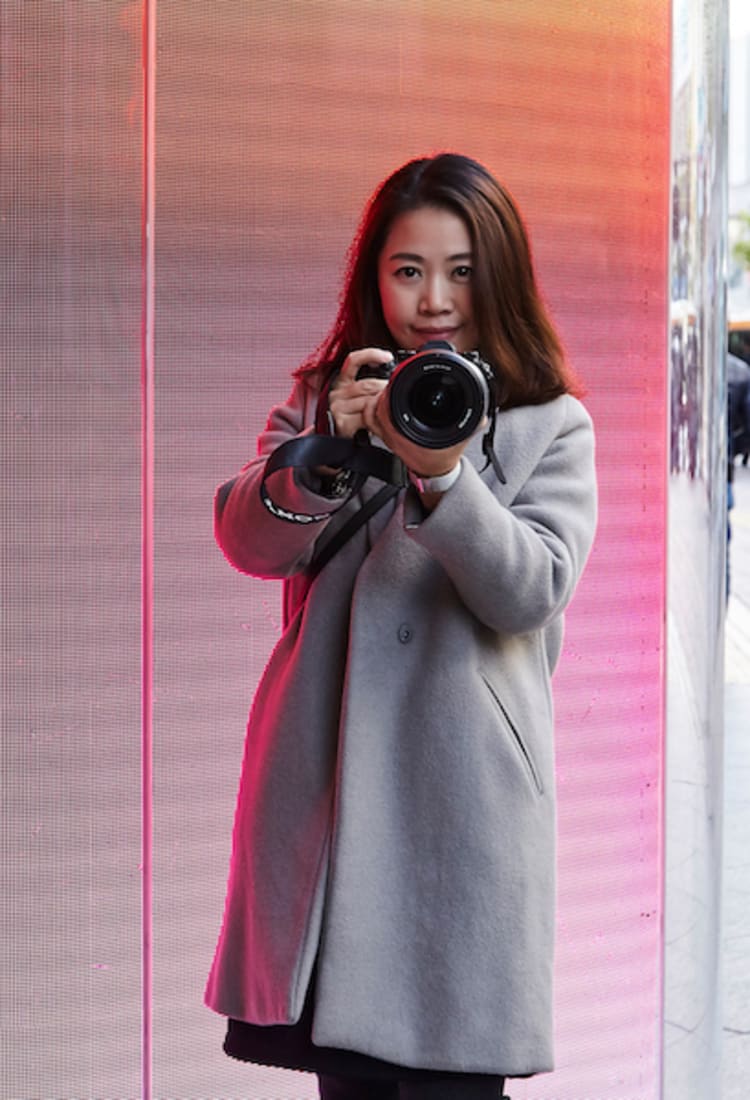
Checking Out Tokyo’s Art Destinations with Chinese Photographer Yan Lee C – Part 1
Checking Out Tokyo’s Art Destinations with Chinese Photographer Yan Lee C – Part 1
1. Ginza Sony Park
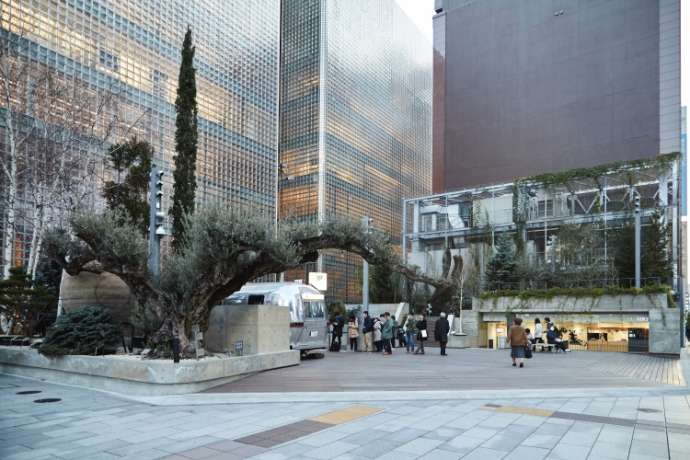
Close to Tokyo Station, in what many consider the most expensive real estate area in Japan, there is a park on the corner of an intersection in Ginza.
In 2018, Sony boldly decided against building a traditional building in this prime location and instead opened Ginza Sony Park, a three-dimensional vertical space consisting of four underground levels and a ground floor.
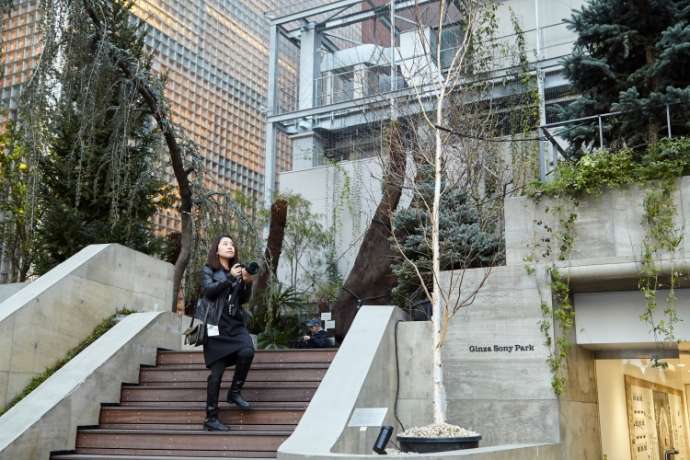
Where the historic Sony Building once stood, this space will function as an “ever-changing park” until the fall of 2020.
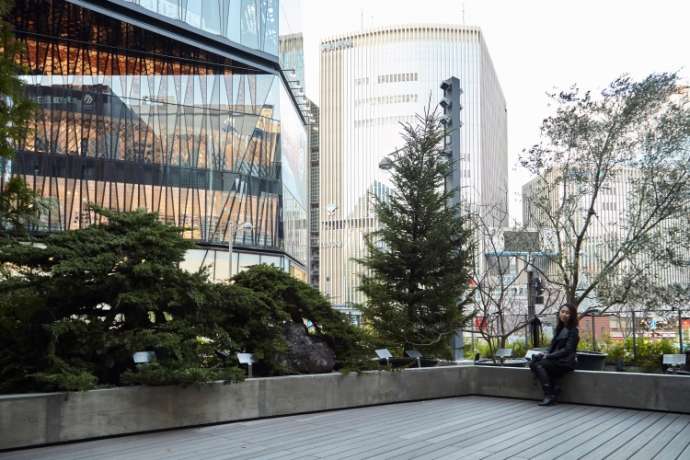
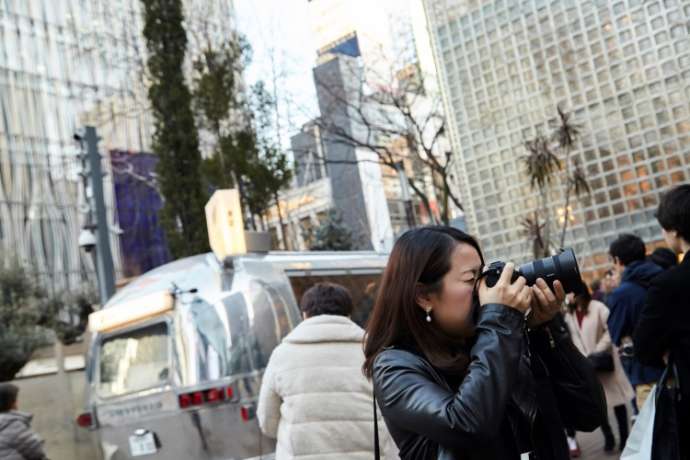
People visit the park for a variety of different reasons. Some come to watch the live broadcasts at the radio station or loiter around the benches and gaze up at the skyscrapers, while others are just passing through.
Yan: People come with different motives, values, even nationalities, they cross paths in this place for a brief moment, then go their separate ways. That describes Ginza pretty well, does it not it?
Ginza Sony Park also has a partner space where businesses can be selected to open up shop. The basis for being selected is offering “things that can only be found here”. THE CONVENI, a store on the basement’s first floor, is an excellent example of this.
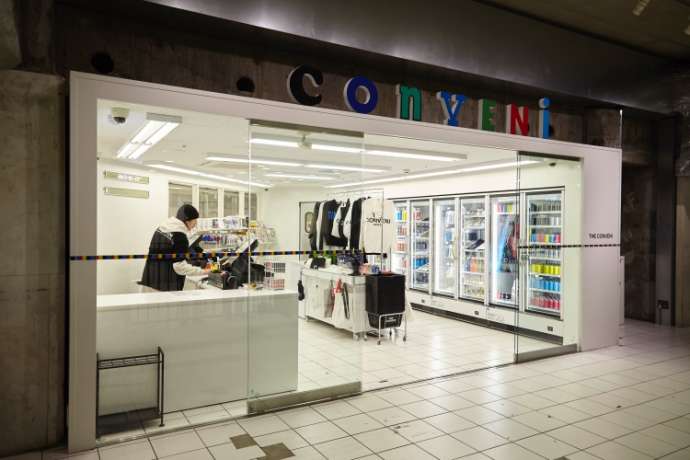
Based on the concept of a Japanese convenience store, THE CONVENI offers a wide variety of original items such as T-shirts, sweatshirts, handkerchiefs, bags, and more. Some of the items are deceivingly packaged to look like canned juice or sweets on-display in refrigerators.
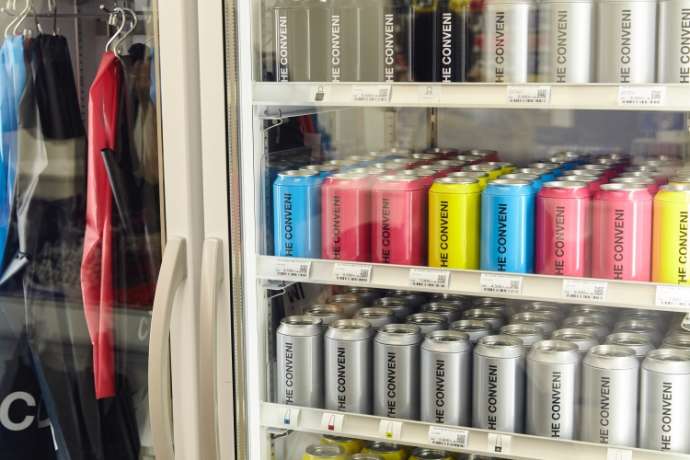
The store’s director, Hiroshi Fujiwara, is a popular fashion designer with many enthusiastic fans in Japan and across Asia. The store’s grand opening attracted a long line of people waiting to get in.
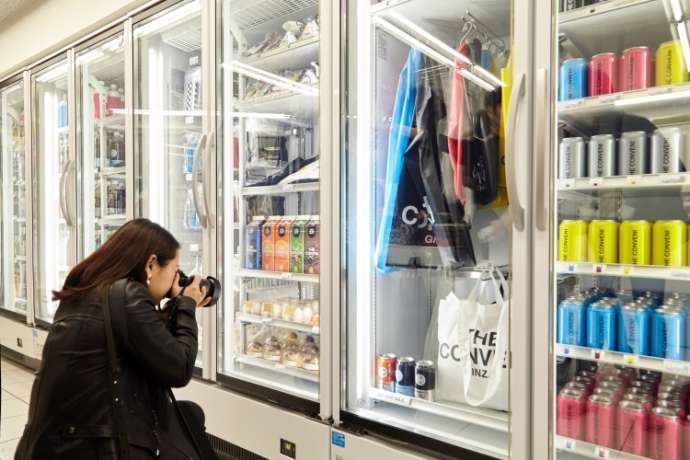
Yan: I bought a bag that was packaged to look like a can of juice. The concept is very unique and the store has a lot of items that can only be found here. THE CONVENI fits in well with Ginza Sony Park’s affinity for new perspectives.
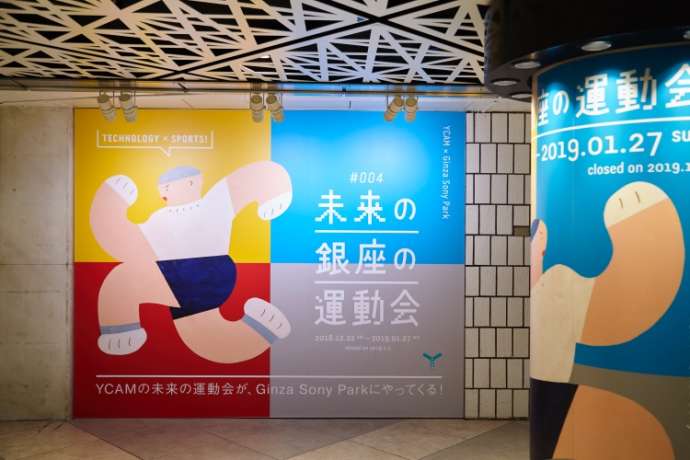
The park also has an event space on the basement’s second floor. When we visited, the event being held was the Ginza Future Sports Day.
A new type of sporting event, the Ginza Future Sports Day was put together utilizing research done by the Yamaguchi Center for Arts and Media (YCAM), a pioneer in Japan’s media art scene.
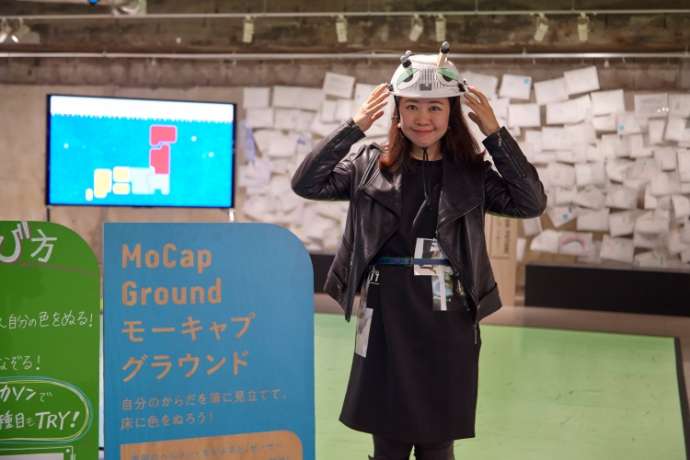
The event was full of original sports that combined the use of technology such as the “Sports Time Machine” which let you race against past records projected on a screen and “MoCap Ground”, a game that uses real-time motion sensors.
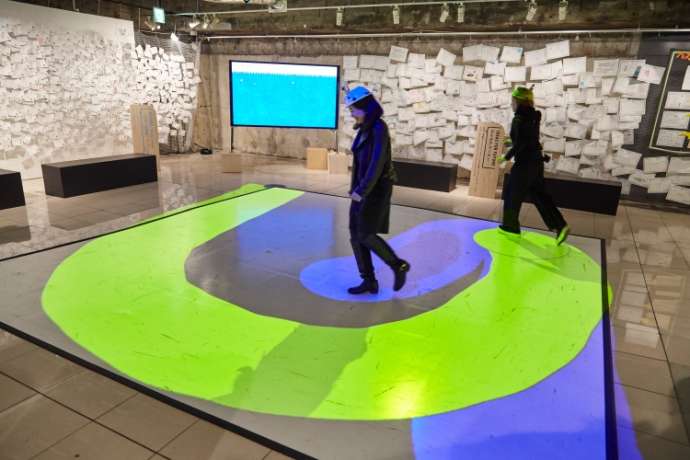
Yan Lee faced-off against the instructor at the MoCap Ground. And although she put up a good fight, she narrowly lost. “That’s hard! Let’s go one more time!” she said, addicted by the game.
If you get tired, you can take a break at the TORAYA CAFÉ located on the basement third floor.
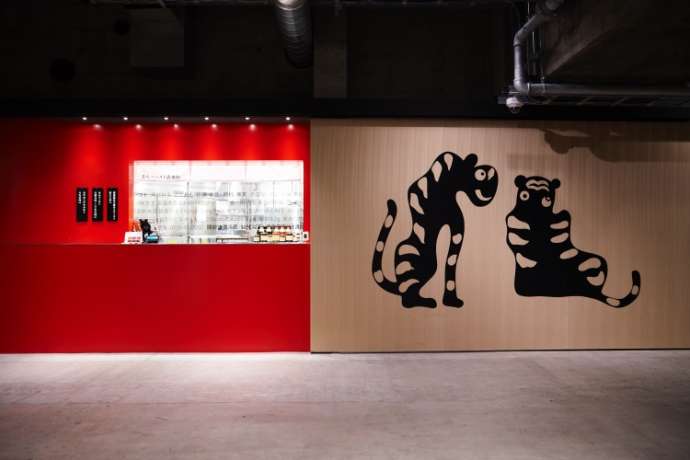
An, or anko, is a paste that is made from boiled beans such as azuki with added sugar. It is one of Japan’s quintessential sweets.
TORAYA CAFÉ was established in the 1500s and has operated as a Japanese-style confectionary store for more than 5 centuries. Its in-store only products like the An-paste Simple are manufactured and sold on-site.
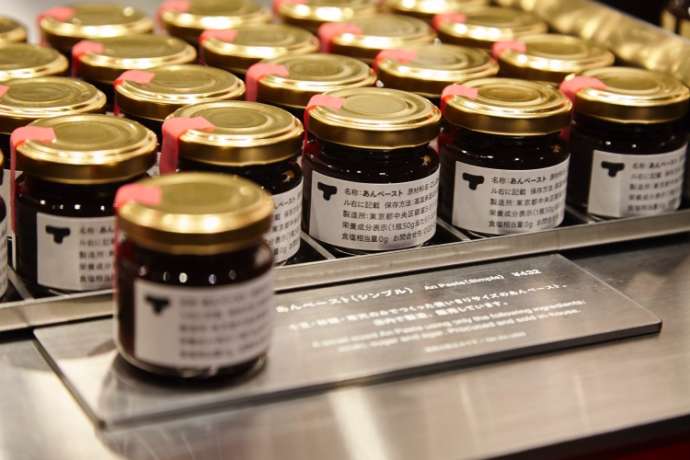
We sit down on a bench and enjoy our coppé bread filled with anko paste, or An-coppé with smooth anko Simple.
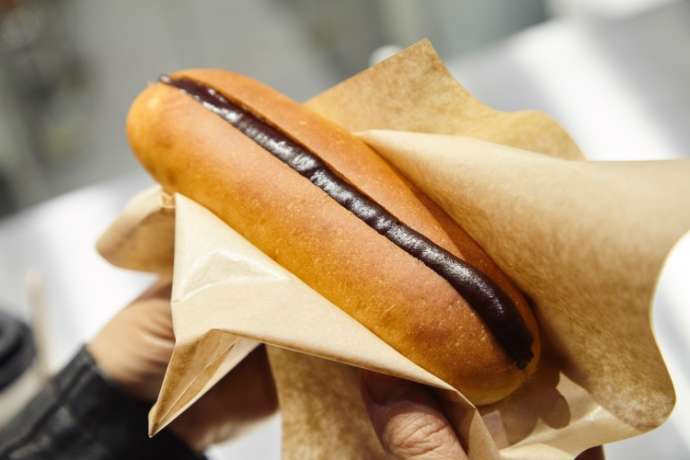
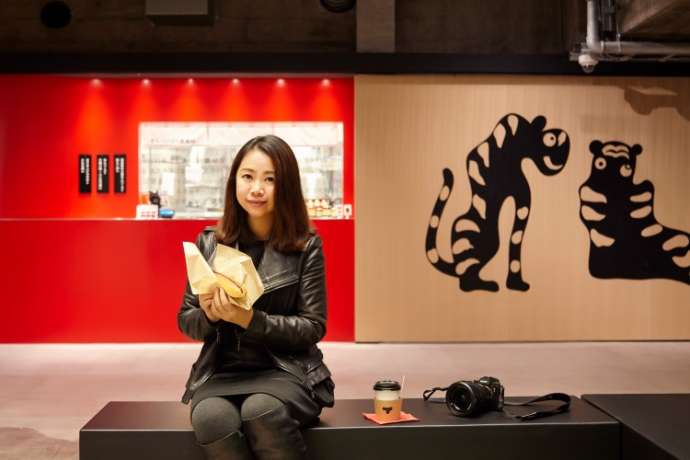
The store-made paste isn’t overly sweet — the flavor is refreshing and doesn’t get old. After finishing the delicious An-coppé, we decided to move on from Ginza Sony Park.
|
Ginza Sony Park |
|
Address: 5 Chome-3-1 Ginza, Chūō-ku, Tokyo Hours: 5:00-24:30 *These are the hours of access from the ground level to the Tokyo Metro Ginza Station concourse. *The hours for each individual shop and event times vary. *The hours for the information desk on B1 are 10:00-20:00. Regular Holiday: January 1st |
2. VOILLD
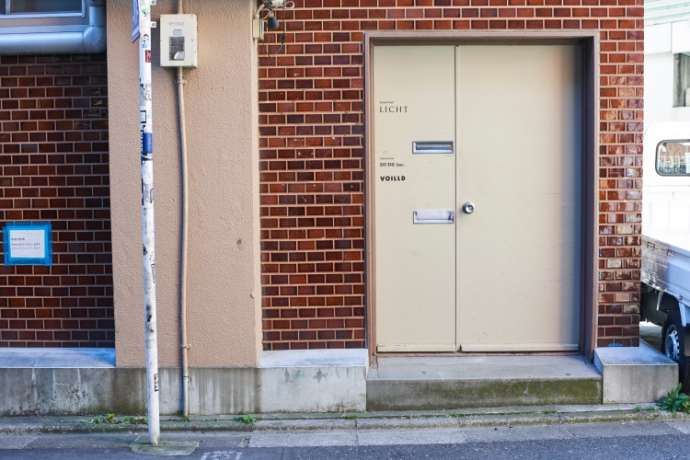
A short subway ride from Ginza Sony Park, we visit the art gallery VOILLD, located in Nakameguro, the area next to Shibuya.
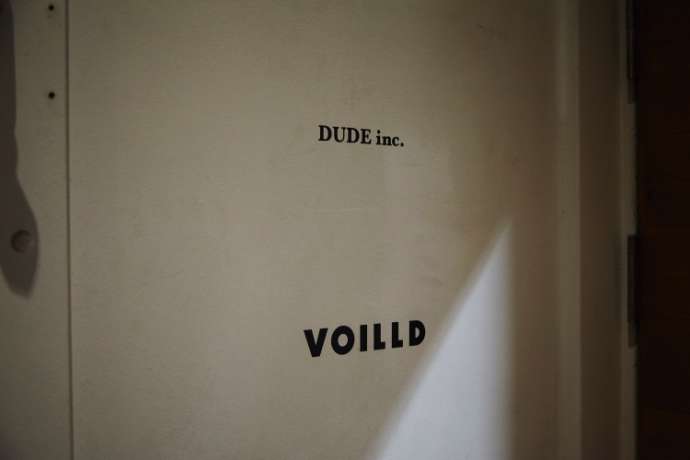
Although the exterior completely blends in with the residential area and can easily be overlooked, you can’t help but wonder what kind of art space is waiting for us behind that faded cream-colored door. Our anticipation grows as we turn the door knob.
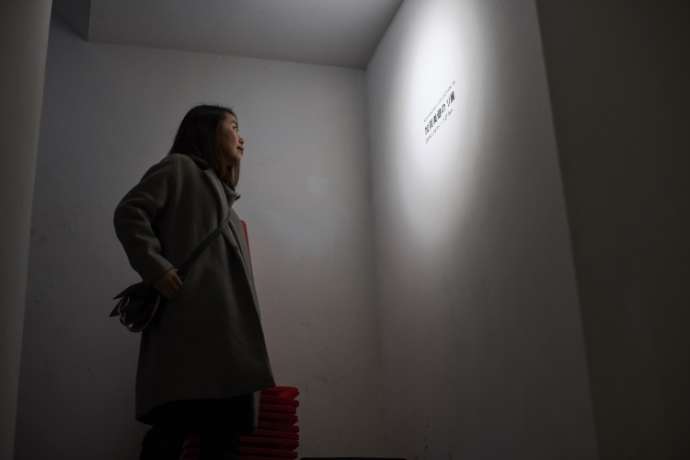
We descend down a dimly-lit stairwell with a deep silence. At the bottom is the gallery space VOILLD.
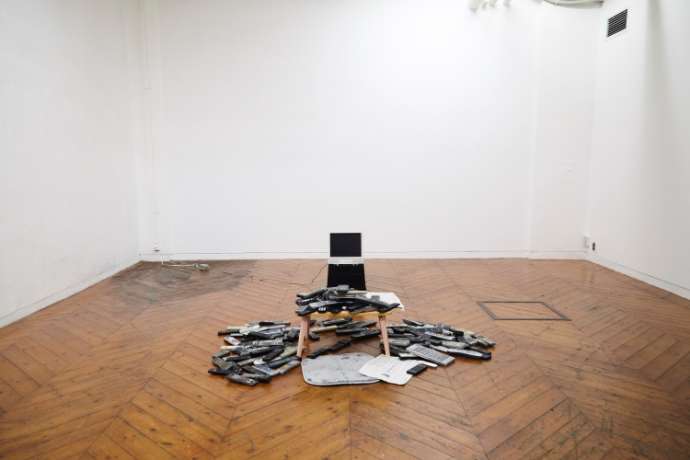
The exhibition being held at the time of our visit was KEN KAGAMI’s COLLECTION -RI-. Kagami is a contemporary Japanese artist who continues to stimulate viewers through a wide range of expressions such as drawing, sculpture, and performance art.

You might have guessed from the photo, but the “Ri” part of “COLLECTION -Ri-” refers to the remote control. A massive pile of remote controls, which seem to have been collected by Kagami himself, lies cluttered on the floor. It’s somewhat surreal, and creates a cynical impression.
Organizing exhibitions that center on artists active in Tokyo, VOILLD has been a launching pad for Tokyo’s art and culture scene since opening in 2014.
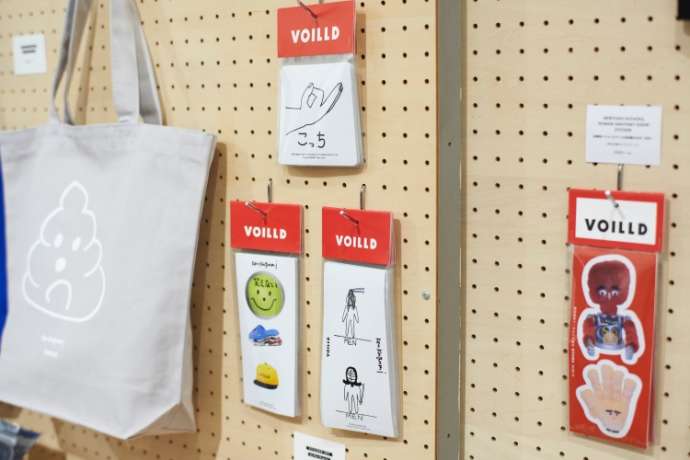
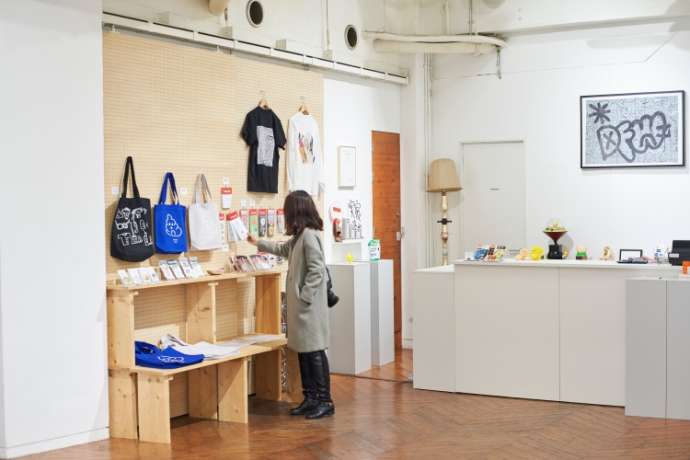
In addition to art exhibitions, the gallery also puts on various events like the TOKYO ART BAZAAR, pop-up shops, and more. At VOILLD a wide range of people can feel free to enjoy art.
Yan: In China, I feel like there’s more of a separation between life and art, and I think a lot of people perceive art as something that has to be taken seriously.
But in Tokyo there are places like VOILLD where you can come in contact with art on a daily basis. There are all sorts of different genres, even humorous works that make you kind of chuckle on the inside. From this I get the impression that life and art are more closely intertwined here.
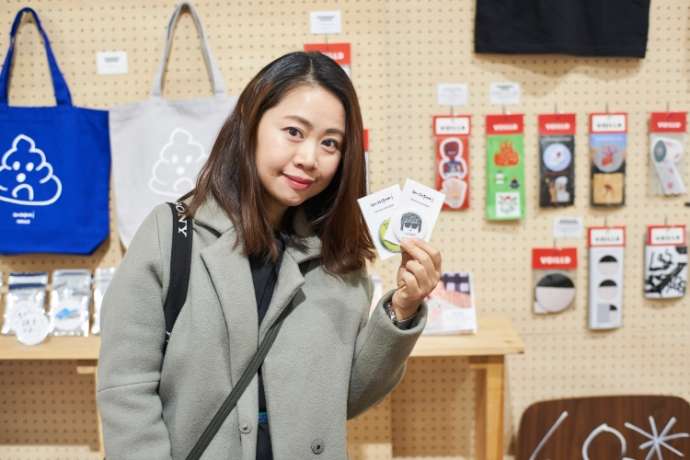
|
VOILLD |
|
Address: B1F Casa-Aobadai, 3 Chome-18-10 Aobadai, Meguro-ku, Tokyo Email: contact@voilld.com Hours: varies by exhibition Regular Holiday: varies by exhibition |
3.hotel koe tokyo
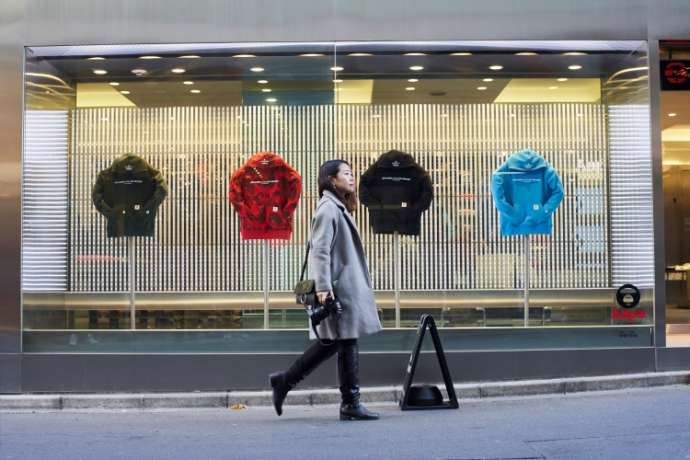
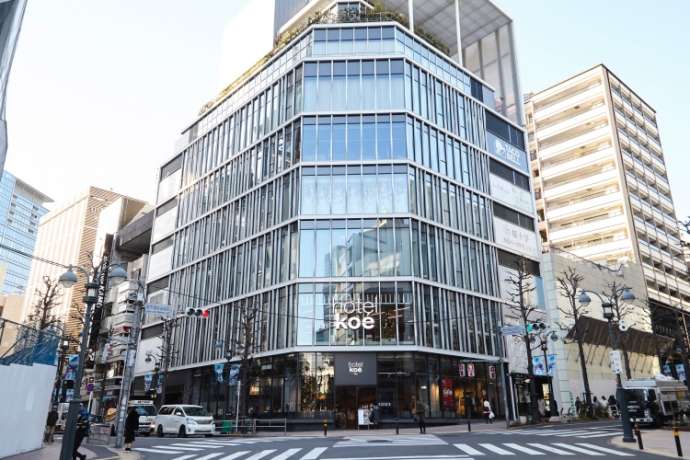
Two train stations or a short taxi ride separate Nakameguro and Shibuya, the latter being the location of our next destination, a glass-facade building facing Shibuya Koen-dori, hotel koe tokyo.
Although this location is the global flagship store of koe, an ethically responsible lifestyle brand, fashion is not their only endeavor.
It is also a space for music events, a bakery and restaurant, and a hotel — the company’s first foray into the hospitality industry.
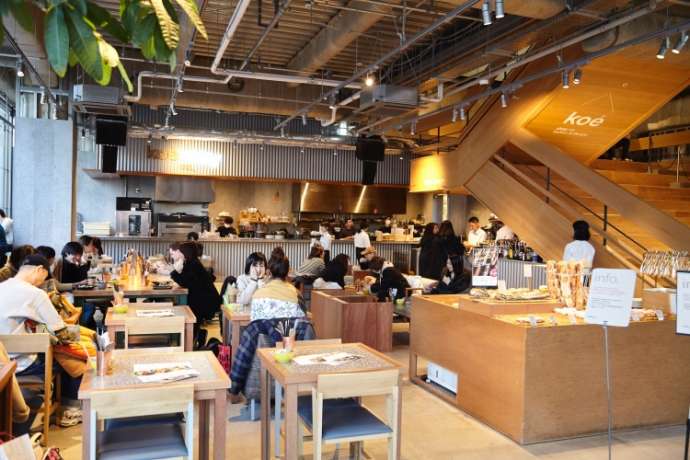
On the first floor is the bakery and restaurant, koe lobby. Here is where you will also find koe space, an area for events, and the hotel’s reception desk.
At koe lobby, visitors can choose to dine on the sofas, at the counter, or at tables, and the gentle sunlight shining through the windows and the low hum of conversation make for a warm, welcoming atmosphere.
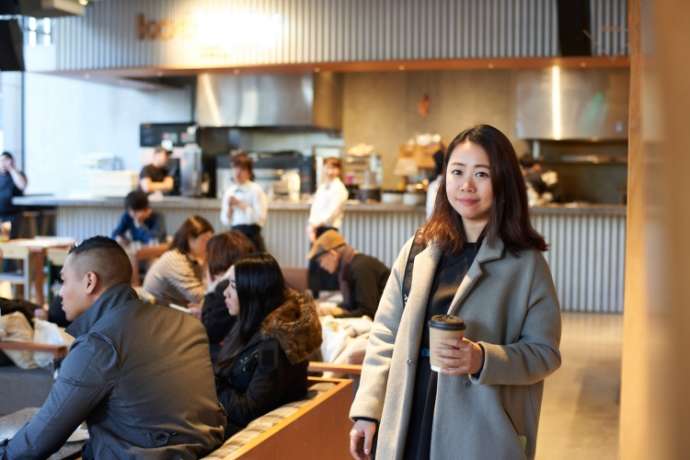
From the bakery area, customers can choose from around 35 different types of freshly baked baguettes, all of which are also available for takeout.
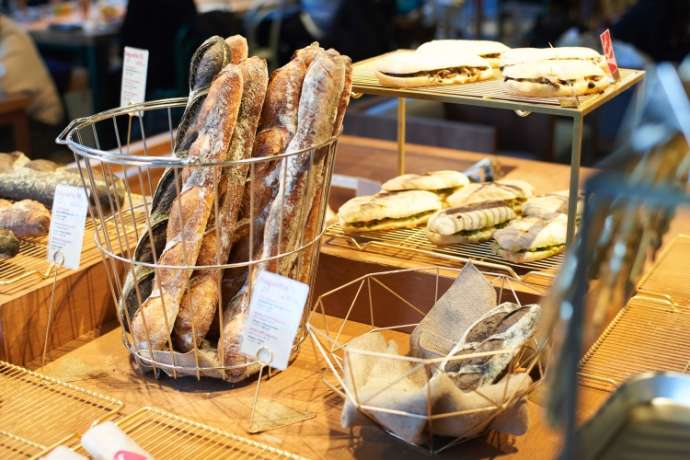
The clothing store on the second floor, koe, offers women’s and men’s clothing, as well as a selection of miscellaneous lifestyle goods. The store also provides a variety of goods ideal as souvenirs for foreign visitors to take back home with them. The mini kagamibiraki in particular stood out to Yan.
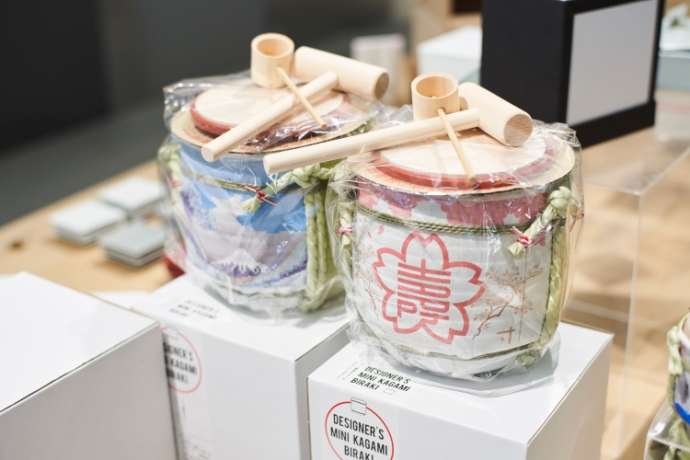
Yan: The Japanese have a tradition of breaking open a barrel of sake in celebration of an important event, known as kagamibiraki. I didn’t know about this ceremony prior to my trip, but this mini barrel of sake was just perfect. It’s the ideal souvenir.
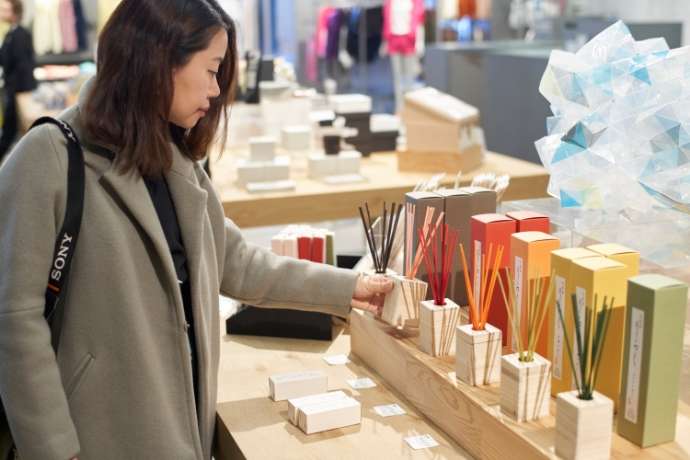
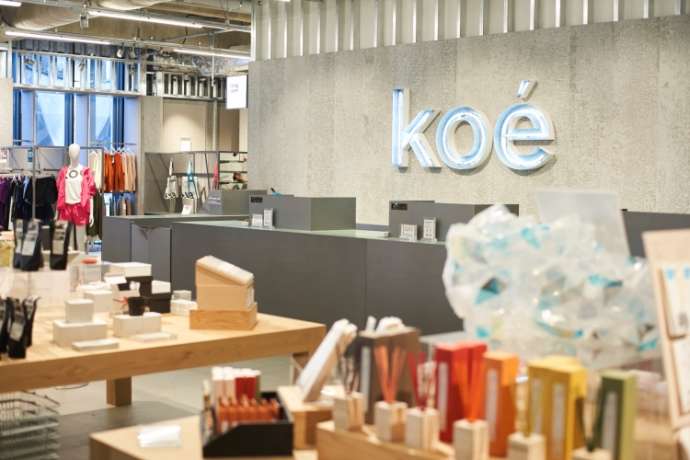
On the third floor is the hotel. Keeping with the lifestyle brand concept, the guest rooms are playfully categorized as four clothing sizes, S, M, L, and XL. There are ten rooms in total, with seven S rooms and one each of the M, L, and XL rooms.
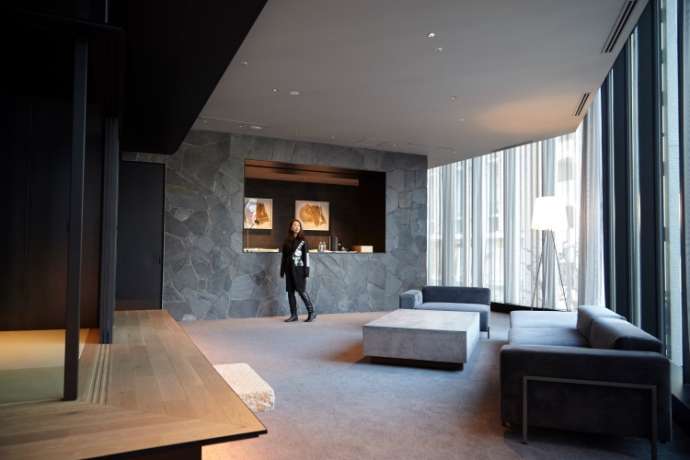
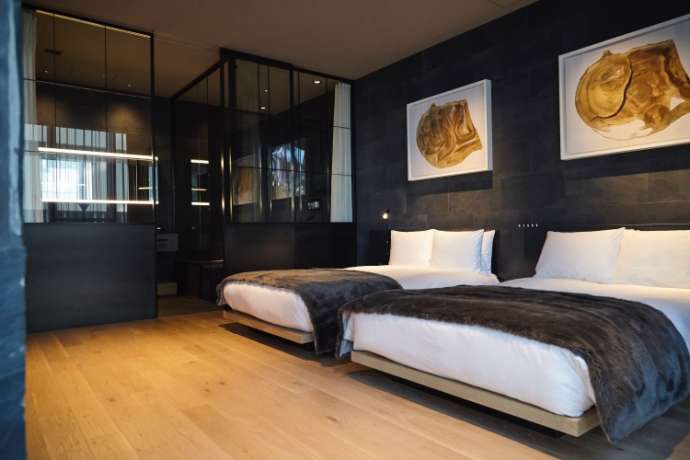
On our visit we were lucky enough to be shown around the XL room. The room was incredibly spacious at around 100m2, and from the huge floor-to-ceiling glass windows we could look down on the famous Shibuya crossroads — a feature unique only to the XL room.
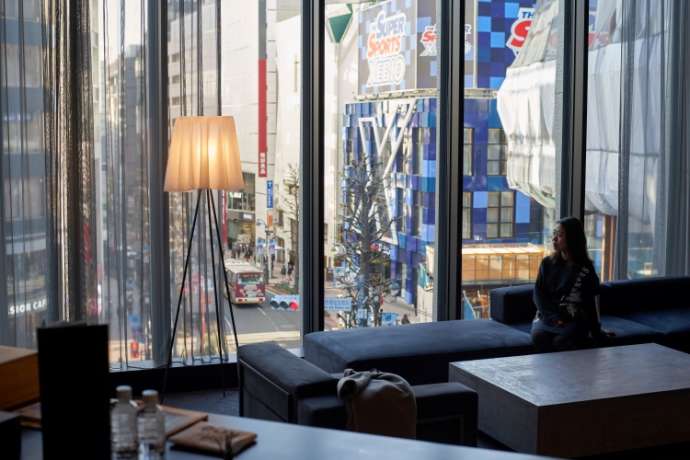
The rooms are based on the concept of the Japanese tea ceremony. They are simple, with as little decoration as possible, and incorporate elements of traditional Japanese design — such as a small, separate room and an elevated area, all whilst maintaining a modern look.
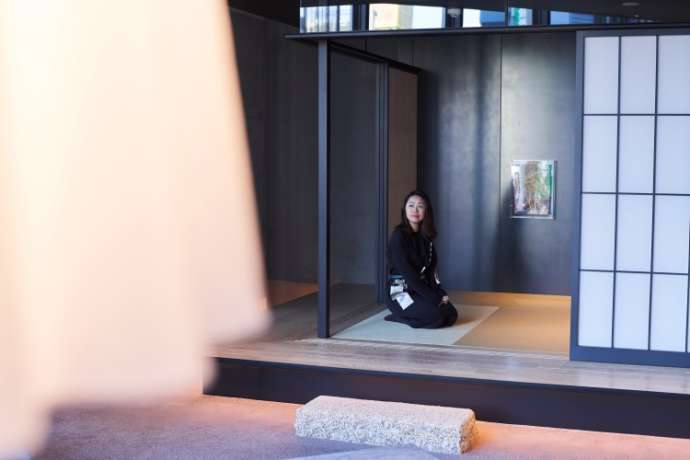
There is also a lounge for overnight guests, where the combination of concrete and dim lighting make for a minimal and relaxing atmosphere. “It was the perfect place to forget about the hustle and bustle of the city,” Yan says.
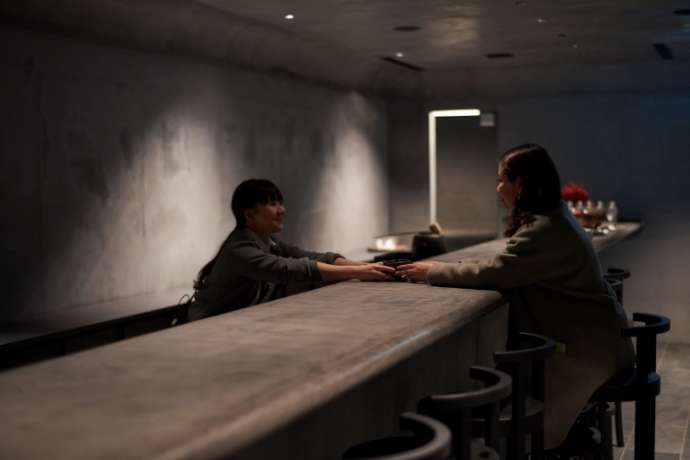
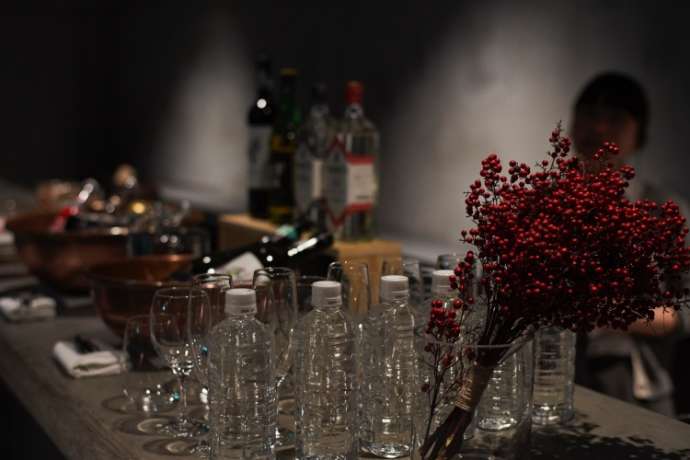
Yan: The lounge is the perfect place for a private conversation, and even there you can see elements of the tea ceremony incorporated into the design. I thought it was wonderful how they provide you with a cup of complementary matcha as a welcome drink.
|
hotel koe tokyo |
|
Address: 3-7 Udagawachō, Shibuya-ku, Tokyo Hours: 1F 7:30-23:00, 2F 10:00-23:00, 3F check-in 15:00-24:00 / check-out 12:00 Regular Holiday: N/A
|
4. The SG Club
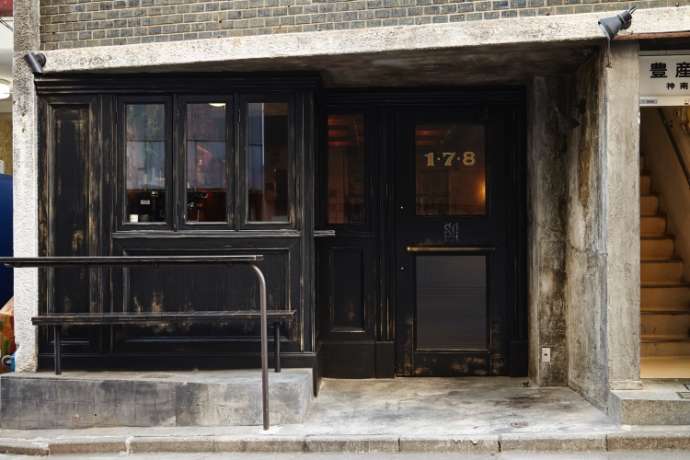
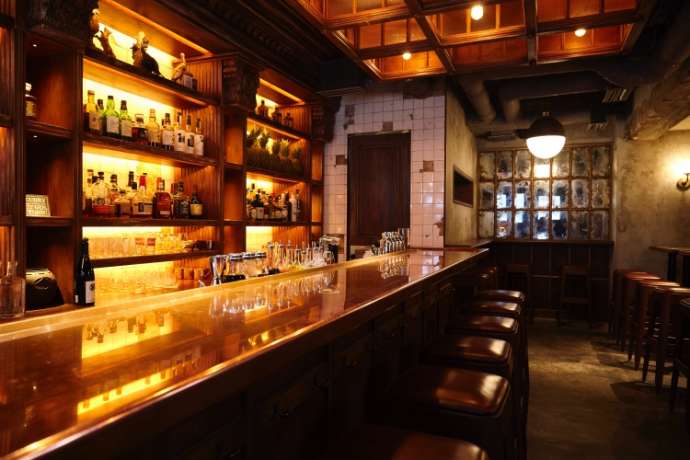
Turning into an alley just three minutes from hotel koe tokyo leads us to an eye-catching old building, The SG Club. This is the first bar opened in Japan by the world-famous bartender Shingo Gokan.
In 1860, Japan dispatched an envoy of samurai to visit the US. Gokan likes to think that, if those samurai had brought back what they learned of US culture and decided to open up a bar, it would have been something very much like The SG Club.
In addition to being Shingo Gokan’s initials, the SG in the bar’s name stands for Sip and Guzzle.
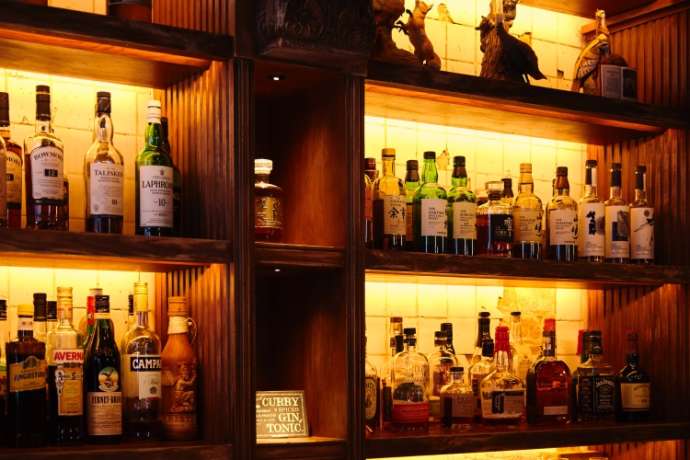
The bar is composed of two floors: the first floor, Guzzle, and the basement floor, Sip. Guzzle is open from 14:00.
